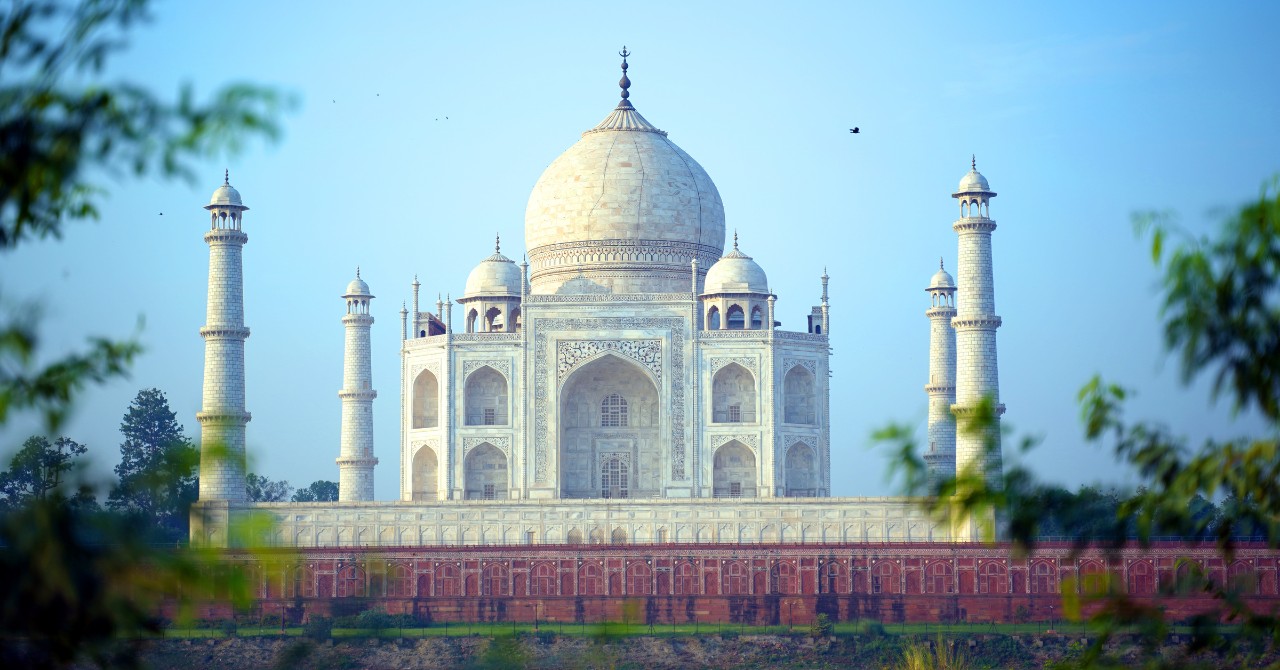The Silk Road was an ancient network of trade routes that connected China to the Mediterranean Sea. It was named after the lucrative Chinese silk trade that started in the Han Dynasty (206 BCE – 220 CE) and continued for more than a thousand years. The Silk Road was more than just a route for trading goods, it was a cultural exchange that connected people of different regions and religions. Following the Silk Road is a journey through history and cultures that shaped the world we live in today.
The Origins of the Silk Road
The Silk Road started as a series of smaller trade routes that connected China to the West. These routes were used to trade not only silk but also spices, ceramics, precious metals, and other luxury goods. The trade was facilitated by the nomadic tribes that lived along the route, such as the Sogdians, who acted as intermediaries between the East and West.
The Silk Road was not only a commercial route but also a cultural exchange. Ideas, beliefs, and technologies were shared along the way. Buddhism, for example, spread from India to China and beyond through the Silk Road. The Chinese also learned about the Roman Empire and the Greek civilization through the Silk Road.
The Golden Age of the Silk Road
The Silk Road reached its height during the Tang Dynasty (618-907 CE) and the Song Dynasty (960-1279 CE). During this time, the route expanded to include more regions, such as Central Asia and the Middle East. The Silk Road was not only a trade route but also a cultural hub where people of different regions and religions met and exchanged ideas.
The Silk Road was also a catalyst for technological innovation. The Chinese, for example, invented paper and gunpowder, which were then spread to the West through the Silk Road. The Silk Road also facilitated the spread of the printing press, which revolutionized the way knowledge was disseminated.
The Legacy of the Silk Road
The Silk Road declined after the Mongol Empire collapsed in the 14th century. However, its legacy lives on. The Silk Road contributed to the globalization of trade, the spread of ideas and technologies, and the formation of cultural identities. It also paved the way for the modern world by connecting the East and West.
Today, the Silk Road is being revived as a concept known as the Belt and Road Initiative. The initiative aims to connect Asia, Europe, and Africa through a network of trade routes and infrastructure projects. The initiative is expected to boost economic growth and cultural exchange in the regions involved.
Following the Silk Road is a journey through history and cultures. It is a story of trade, innovation, and cultural exchange that shaped the world we live in today. The Silk Road may have declined, but its legacy lives on. The revival of the Silk Road through the Belt and Road Initiative is a testament to its enduring importance.




